Affiliate links on Android Authority may earn us a commission. Learn more.
The first color Kindle is here, but I won't buy it
Published onOctober 18, 2024
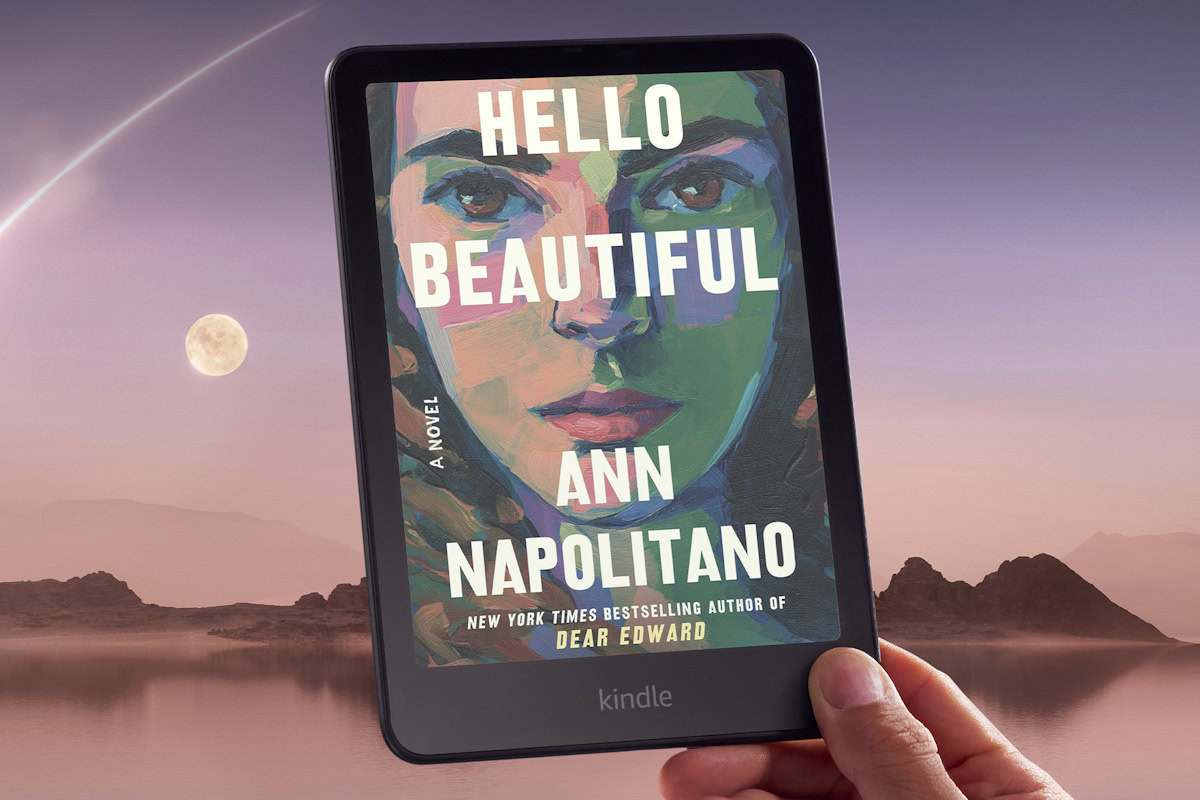
It was only a matter of time before Amazon revealed its first color e-ink Kindle. After all, color e-ink technology has been in the works for years, with color e-readers from smaller manufacturers hitting the market since 2021. In fact, earlier this year, Kobo, one of the major players in the e-reader space, jumped on the bandwagon with its color e-ink lineup, including the Kobo Clara and Kobo Libra Color.
Amazon is late to the color e-ink party, but the Kindle Colorsoft leaves much to be desired.
As a self-proclaimed Kindle enthusiast who owns every generation of Amazon’s flagship e-readers, I’ve been eagerly waiting for the day Amazon would unveil its vision for the future of e-readers. But now that it’s here with the launch of the Kindle Colorsoft, I’m not rushing to upgrade. Here’s why.
Lack of useful features
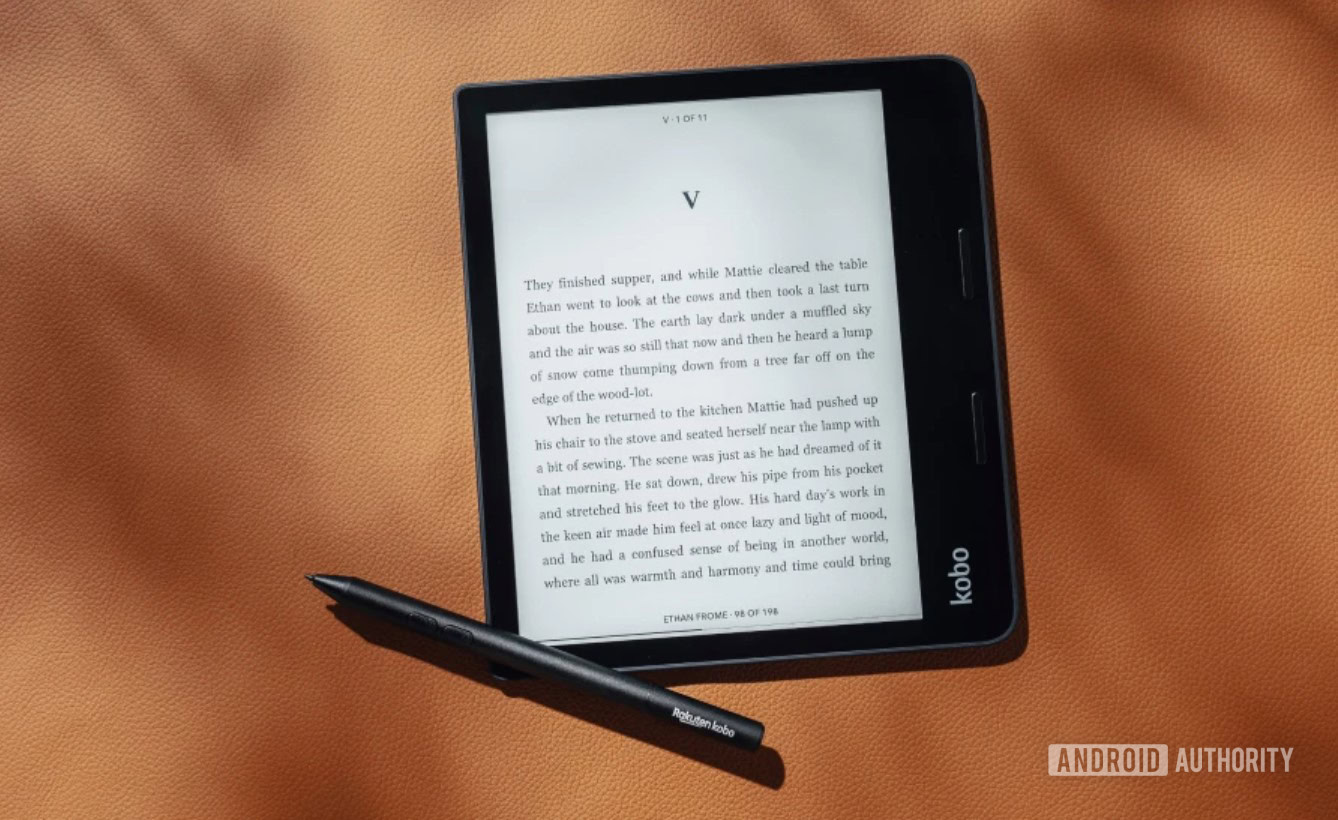
One of the biggest draws of a Kindle has always been its single-minded focus on reading. Despite owning several iPads and Android tablets, I’ve always appreciated the Kindle’s distraction-free, “just-works” experience. A color e-ink reader offers the potential to expand those experiences, but Amazon hasn’t demonstrated any compelling reason to do so.
There's no compelling feature addition to the Kindle Colorsoft. No, pretty wallpapers don't justify the additional cost.
While I haven’t had hands-on experience with the Colorsoft yet, early impressions suggest its color capabilities are limited to a full-color ebook library, wallpapers, and color-coded highlights. That’s not nearly enough to make me upgrade from my beloved Kindle Oasis. Features like a digital notebook or a color-coded digital post-it system for organizing notes from books would have been game-changers — features already available on alternatives like the Kobo Libra Color and Kobo Clara Color. But, that’s not here yet.
Low-resolution color display
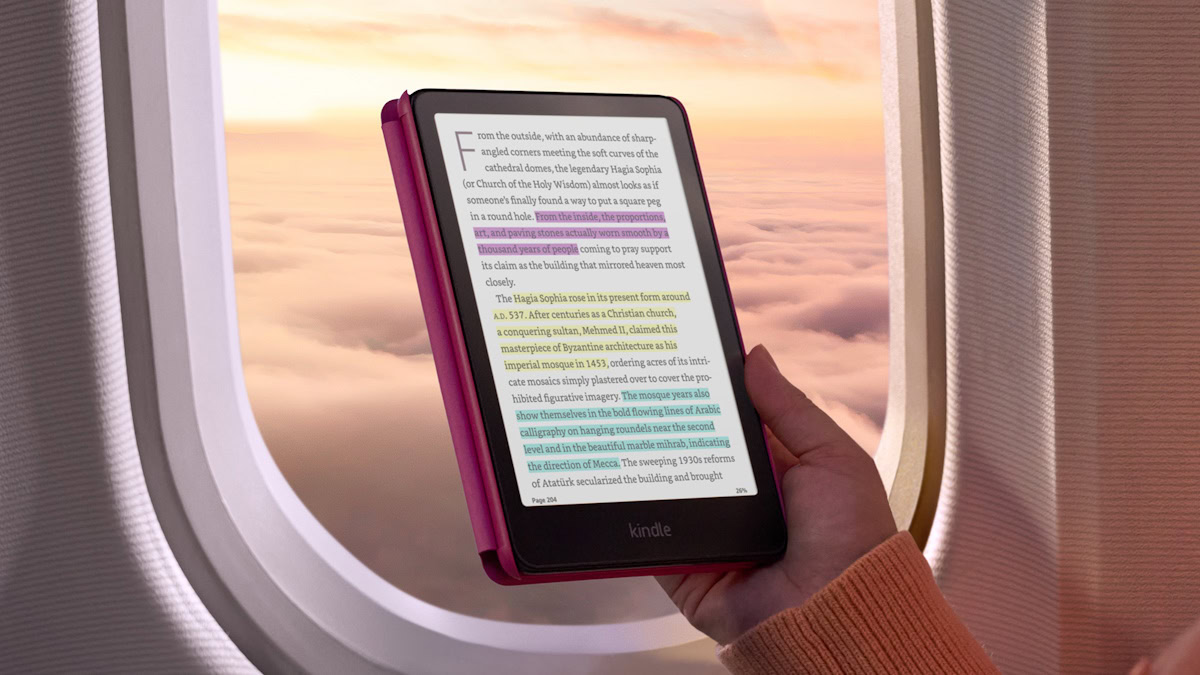
One of the main selling points of color e-readers is the ability to enjoy full-color comic books the way they’re meant to be seen. However, there’s a trade-off with the current crop of Kaleido 3 screens: the display resolution drops in half when displaying color. A resolution of 150 ppi isn’t ideal for reading text comfortably. Trust me, I’ve tried reading manga on a 300 ppi monochrome e-reader, and even that requires frequent zooming. I can’t imagine a great comic-reading experience on the Colorsoft.
The 150ppi resolution in color mode isn't quite enough to enjoy comic books or magazines.
Additionally, as someone who’s closely followed the evolution of e-ink, I’m aware of consistent complaints from users of other color e-ink readers, particularly about the screen’s graininess due to the color filter layer. While this texture might not bother everyone, anyone used to the sharp display of high-end readers like the Kindle Oasis would likely notice the difference. And while Amazon may have mitigated this issue, color e-ink also tends to have slower refresh rates. A full-color page requires a full refresh, which often results in the screen blinking or lagging — interrupting the immersive reading experience. The combination of lower resolution and sluggish performance makes this a no-go for me.
Lack of note-taking functionality
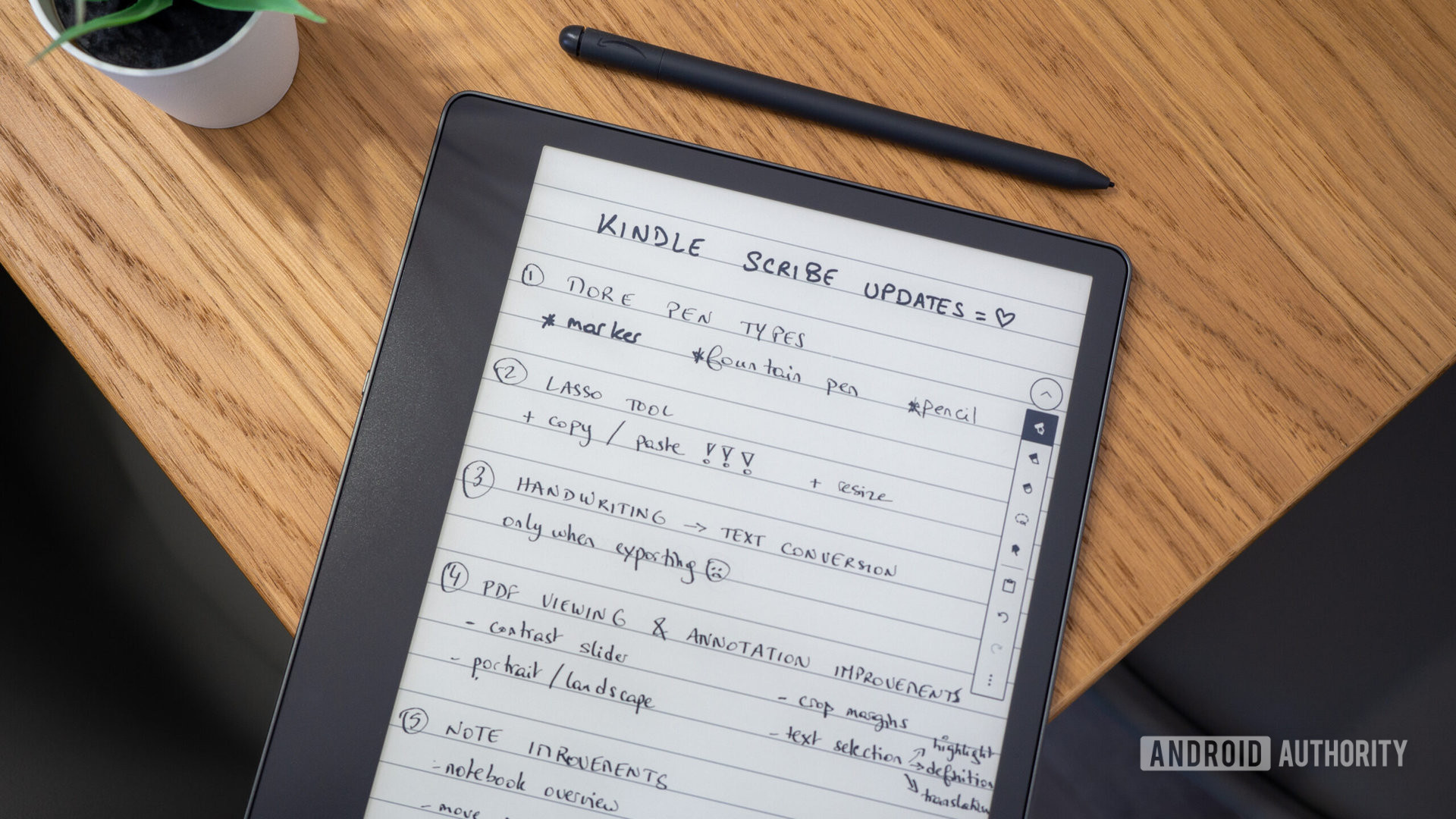
While reading comic books is one use case for a color e-ink reader, I see these devices as perfect digital journaling tools. Features like color-coded notes, highlights, or digital post-its would add to the Kindle’s outdoor readability and long battery life, making it the ideal on-the-go journal. Amazon already has all the groundwork in place thanks to the Kindle Scribe, and bringing that same inking experience to the Colorsoft would have dramatically upped the appeal.
The Kindle Colorsoft was the perfect opportunity to make a relatively pocketable, smaller Kindle Scribe. However, Amazon chose not to.
That’s why it baffles me that Amazon didn’t give the Colorsoft the same note-taking abilities as the Kindle Scribe. Sure, the smaller 7-inch screen of the Colorsoft might not be as suitable for annotating large PDFs, but for users like me, its pocket-friendly form factor would outweigh the need for those advanced capabilities. Even more perplexing is that the Kobo Libra Color, a direct competitor, offers journaling and pen input — making Amazon’s omission all the more surprising.
No physical page turn buttons
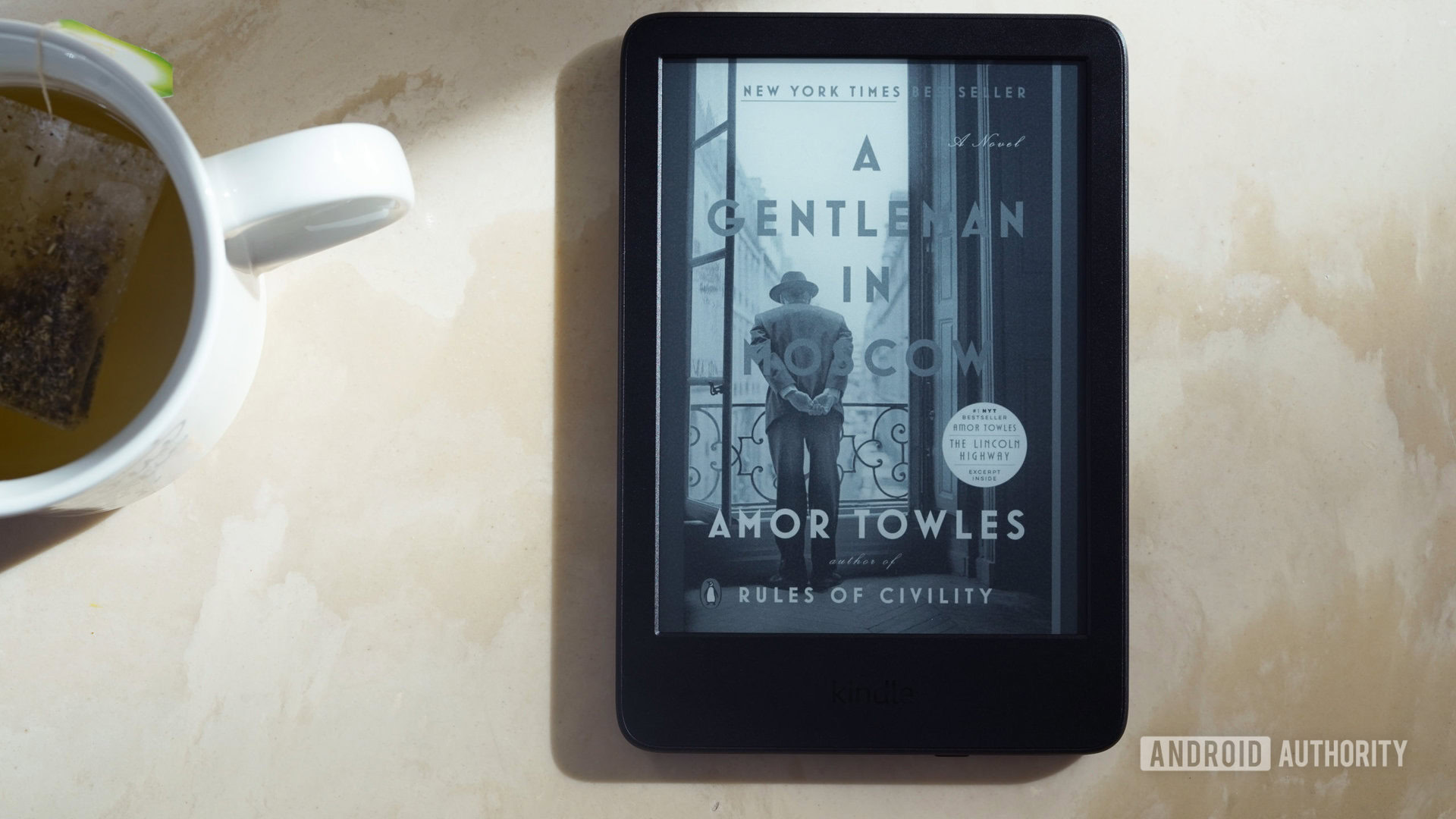
Here’s another reason I’m hesitant to upgrade, and it’s not even about the fancy new features. Along with the Kindle Colorsoft reveal came the announcement that Amazon is discontinuing the Kindle Oasis. The Oasis, my constant reading companion, has the perfect form factor for both left- and right-handed users and — most importantly — physical page-turn buttons. If you’ve ever tried reading in bed, you know how frustrating accidental taps on a touch screen can be.
While I understand the absence of physical buttons on entry-level models, Amazon’s decision to remove them from its now top-tier e-reader feels completely out of touch with its primary audience.
Price
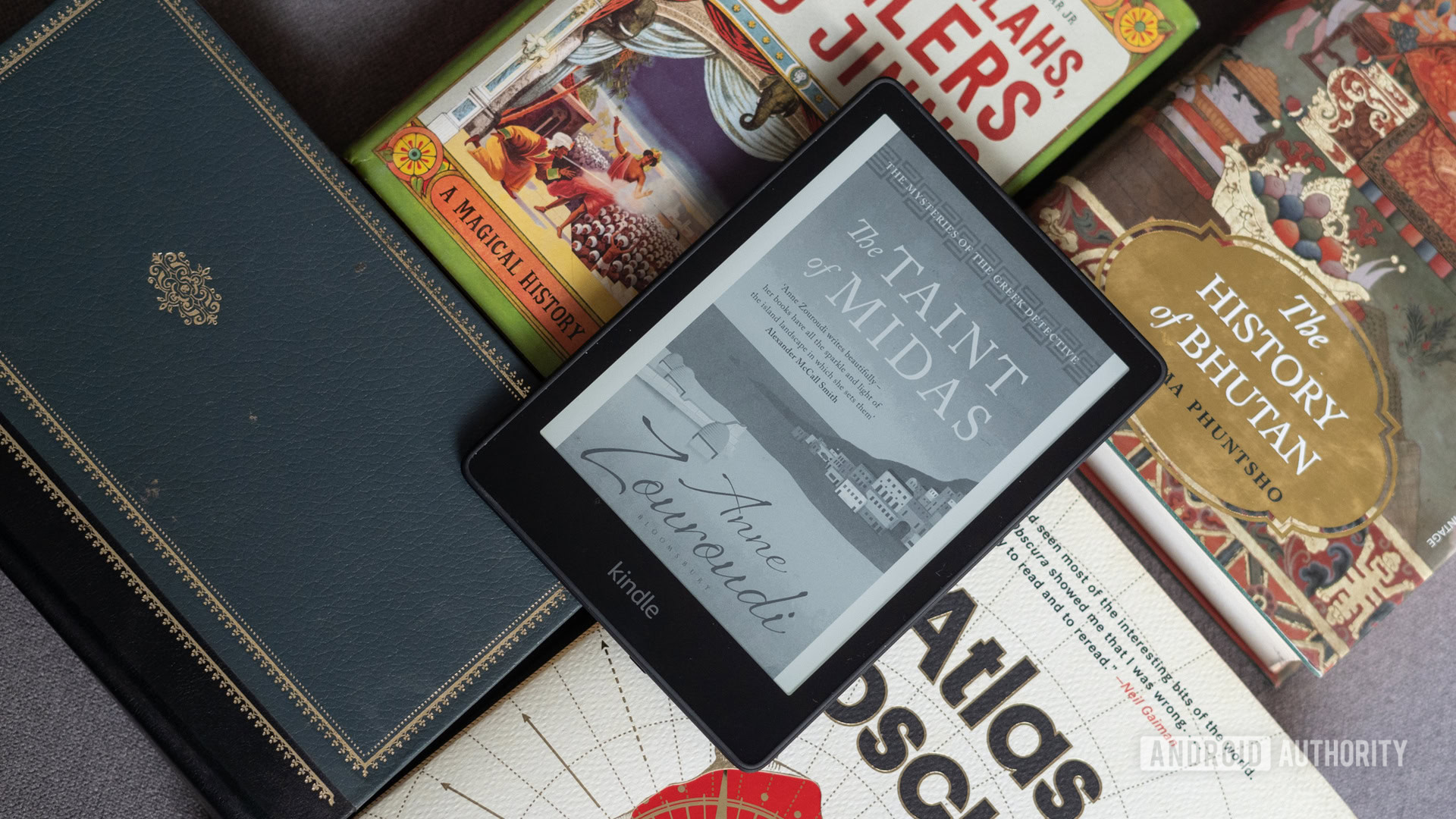
Finally, there’s the price. At $279, it’s an $80 increase over the standard Paperwhite. Now, that might not seem like much for those who love being on the cutting edge of tech. However, given that Amazon hasn’t added any substantial new features, the additional cost feels hard to justify for the average user. That price tag hurts even more when you see that the equivalent Kobo Clara Color is priced at just $149. Meanwhile, the $220 Kobo Libra Color offers a similar e-ink display while adding features like stylus-based text input, digital note-taking, and physical page-turn buttons.
The $80 premium over the Paperwhite is hard to justify given the lack of additional features, and competitors offering the same experience for a whole lot less.
Sure, full-color covers are nice, but I’d much rather have the extra month of battery life offered by the Paperwhite and save a bit of money if I’m invested in the Kindle e-book ecosystem or start looking at other options. In fact, for most users, I’d recommend sticking with the Paperwhite and investing the savings in a high-quality case instead. While Amazon’s e-readers have always felt like good value, and even the Oasis justified its excessive price tag thanks to the premium build, I fail to see that here. The Colorsoft’s $280 price point comes across as Amazon capitalizing on its monopoly in the e-reader space instead of justifying its value.
The Kindle Colorsoft barely keeps up with the alternatives
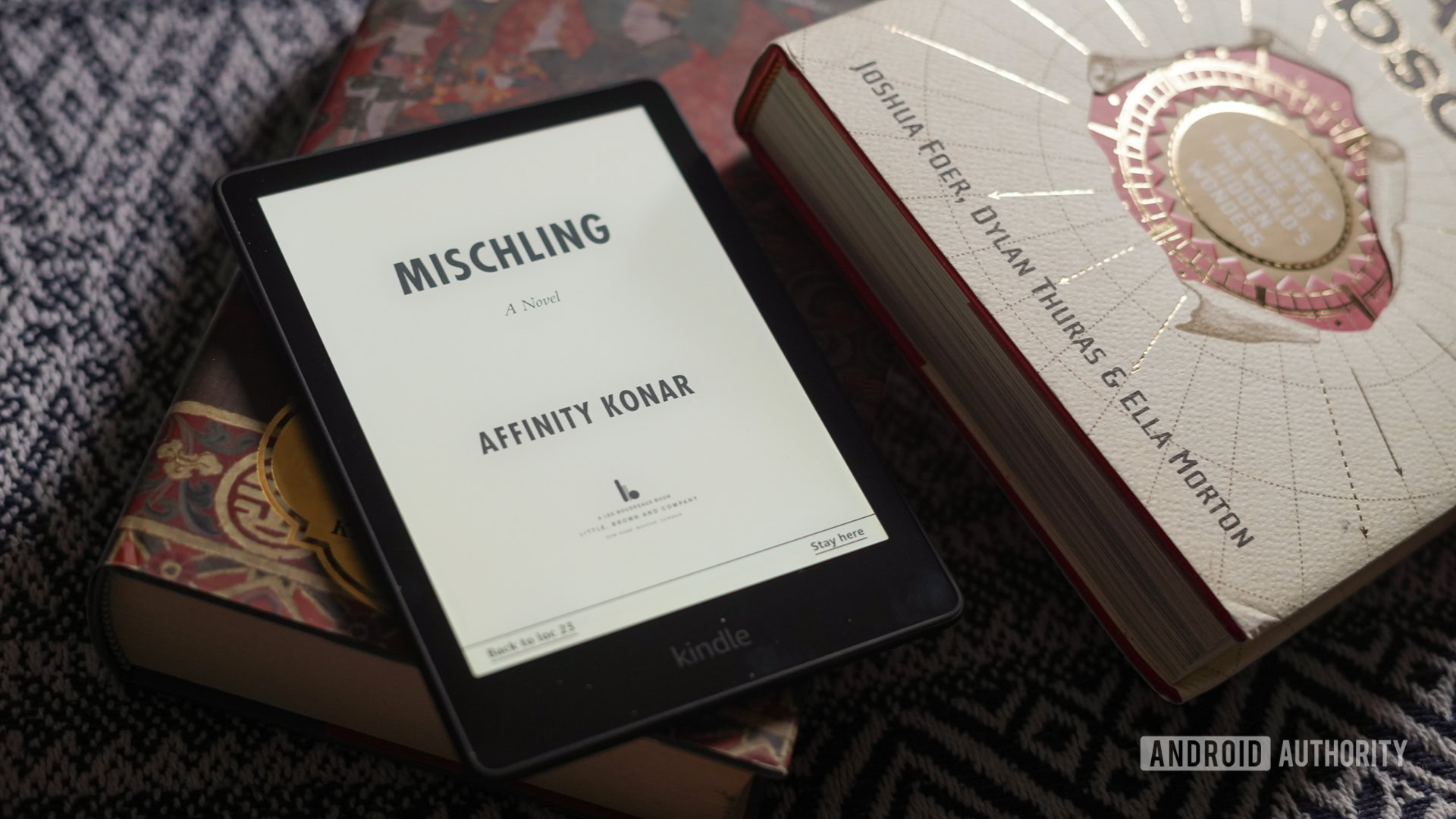
I know I haven’t had the chance to try the Kindle Colorsoft yet, and some of these opinions might come across as me being a bit jaded. But it doesn’t change the fact that Amazon played it extremely safe with the launch of the Colorsoft and has delivered a barebones experience. When smaller competitors like Kobo and Boox are pushing the boundaries in terms of functionality, you expect the leading e-reader manufacturer to at least match, if not exceed, its offerings.
I'll keep an eye out on the future of Kindle Colorsoft, but, for not, it just doesn't add enough value to justify an upgrade.
While I’m still interested in the future of color e-ink, I’ll be sitting this one out for now. I’ll keep an eye on what Amazon does with future generations of the Kindle Colorsoft, but in the meantime, I’m sticking with my trusty Kindle Oasis.